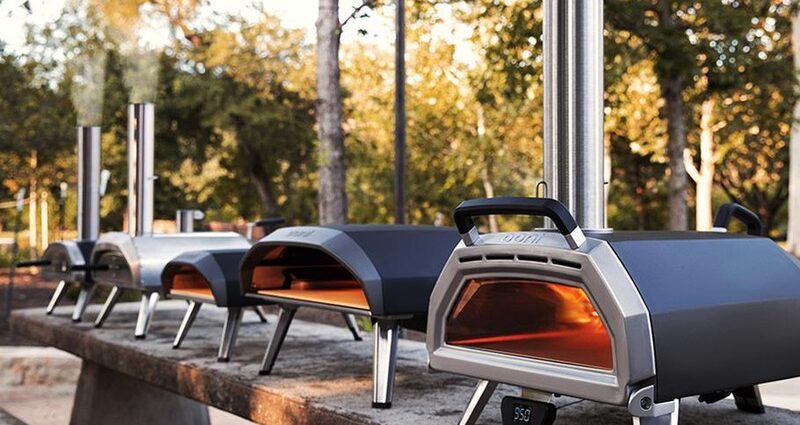Due to their quick cooking periods, user-friendliness, and ease of cleaning, outdoor pizza ovens are now seeing a spike in popularity. Pizza made in a wood-fired oven is unlike any other pizza you’ve ever had, but you can cook just about anything else in one of these ovens. What follows is a comprehensive guide on buying the best pizza oven for your backyard.
Preparation and cooking space for pizzas in the open air
Outdoor pizza ovens have come a long way from the days when they were huge, expensive, and permanently installed in the backyards of diehard fans with enough patio space. Not any more, however. You can get an outdoor pizza oven in any shape or size these days, and most of them are lightweight and easy to move about. These pizza ovens are unlike any indoor oven in that they generate a crisp crust and impart a flavour that is somewhat smoky. Ultimately, your decision will come down to which solution better serves your requirements.
A device for baking pizzas
Despite the fact that some pizza ovens from the outdoor living store are powered by charcoal, propane, or gas, the great majority of outdoor pizza ovens are fueled by wood, and for good reason. When wood is used as fuel, ovens may achieve temperatures of up to 800 degrees Fahrenheit, which shortens baking times and crisps up crusts. Several kinds of wood may be used in the pizza oven to impart unique smoky flavours into the finished product.
Baking a pizza using a wood fire oven uses softer woods, which are safer for eating.
Cedar, white pine, and yellow pine are three examples of soft woods that work well in low-temperature ovens. Use of softer woods, which create less smoke, might result in pizza with a less smoky flavour. When using a wood-fired oven, it is common practise to place the fire source to one side of the chamber; this promotes a convection that circulates the heat throughout the oven, resulting in more rapid and even cooking.
Tips for the Kitchen All wood used in a pizza oven must be dried beforehand to provide even heat and smoke production. Seasoning (drying) split wood for at least six months is recommended before it is used as fuel, since this allows the sap to drain.
Fabrication of a Pizza Oven
All outdoor pizza ovens have a common feature: a curved dome that ensures heat is spread evenly and allows the oven to maintain very high temperatures. Ceramic bricks insulated with steel are often used to line ovens because of their superior heat retention capabilities. Its insulation prevents the outside of the oven from heating up to a dangerous level. While looking for outdoor pizza oven kits, it is important to get one that also has a refractory oven floor. It creates convection by reflecting heat back up into the oven’s top. Having the oven heated uniformly throughout guarantees a perfectly crisp crust. Most pizza ovens include a rack that can be used to hold wood, but it can also hold pizzas.

